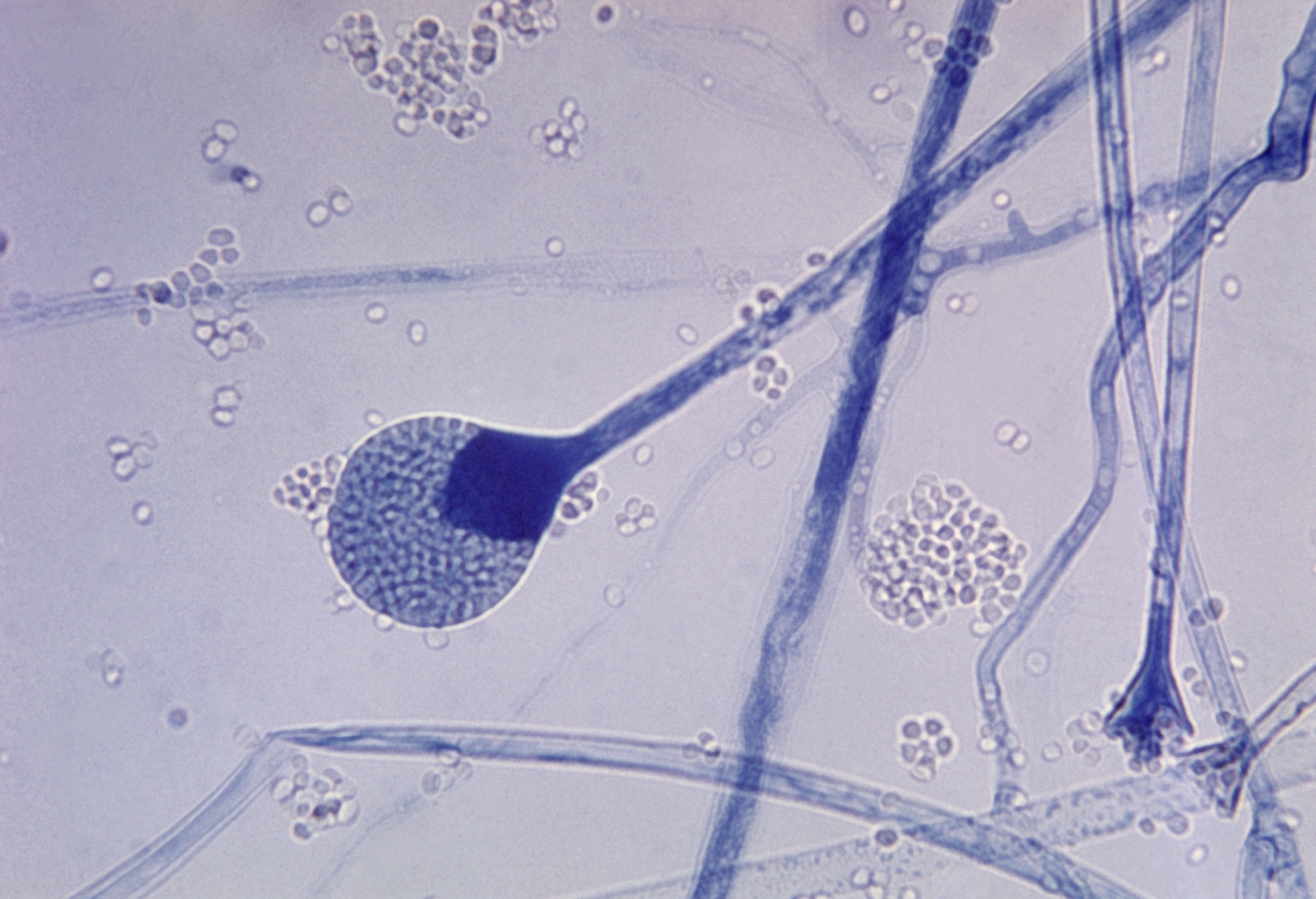|
Archigrammitis Solomonensis
''Archigrammitis'' is a genus of ferns in the family Polypodiaceae, subfamily Grammitidoideae, according to the Pteridophyte Phylogeny Group classification of 2016 (PPG I). It is known from Malesia and Polynesia. Description The rhizomes are dorsiventral (having distinct upper and lower surfaces) with stipe (botany), stipes closely spaced attached in two rows. The stipes are jointed and have Glossary of botanical terms#phyllopodium, phyllopodia at the base. The rhizome scales have hairy edges, and are of uniform color and usually glossy. The leaf blades are undivided, usually bearing branched veins and more than one row of sori on either side of the costa (botany), costa. They always have unbranched hairs, while many species have branched hairs with a single gland at the apex. Some species have hydathodes, some of which are cretaceous (leaving a lime deposit on the leaf around them). The sporangium, sporangia bear one to two (occasionally as many as six) stiff, simple straig ... [...More Info...] [...Related Items...] OR: [Wikipedia] [Google] [Baidu] |
Archigrammitis Friderici-et-pauli
''Archigrammitis friderici-et-pauli'' is a species of fern in the family Polypodiaceae, subfamily Grammitidoideae, according to the Pteridophyte Phylogeny Group classification of 2016 (PPG I). It is native to Borneo and Sulawesi. Taxonomy Konrad H. Christ first described this species in 1896, under the name ''Polypodium friderici-et-pauli''. This is the basionym of ''Archigrammitis friderici-et-pauli'', published by Barbara S. Parris in 2013. Christ caused some confusion over the use of the epithet ''friderici-et-pauli''. The previous year, 1895, he had published the name ''Davallia friderici-et-pauli''. This is the basionym of the accepted name ''Acrosorus friderici-et-pauli'', published by Edwin Copeland in 1906. In 1904, Christ again published the name ''Polypodium friderici-et-pauli'', this time making reference to ''Davallia''. Hence ''Polypodium friderici-et-pauli'' Christ (1896) is a synonym of this species, whereas ''Polypodium friderici-et-pauli'' Christ (1904) is an ille ... [...More Info...] [...Related Items...] OR: [Wikipedia] [Google] [Baidu] |
Hydathode
A hydathode is a type of pore, commonly found in vascular plants, that secretes water through pores in the epidermis or leaf margin, typically at the tip of a marginal tooth or serration. Hydathodes occur in the leaves of submerged aquatic plants such as '' Ranunculus fluitans'' as well as herbaceous plants of drier habitats such as '' Campanula rotundifolia''. They are connected to the plant vascular system by a vascular bundle. Hydathodes are commonly seen in water lettuce, water hyacinth, rose, balsam, and many other species. Hydathodes are made of a group of living cells with numerous intercellular spaces filled with water, but few or no chloroplasts, and represent modified bundle-ends. These cells (called ''epithem cells'') open out into one or more sub-epidermal chambers. These, in turn, communicate with the exterior through an open water stoma or open pore. The water stoma structurally resembles an ordinary stoma, but is usually larger and has lost the power of movement. ... [...More Info...] [...Related Items...] OR: [Wikipedia] [Google] [Baidu] |
Archigrammitis Solomonensis
''Archigrammitis'' is a genus of ferns in the family Polypodiaceae, subfamily Grammitidoideae, according to the Pteridophyte Phylogeny Group classification of 2016 (PPG I). It is known from Malesia and Polynesia. Description The rhizomes are dorsiventral (having distinct upper and lower surfaces) with stipe (botany), stipes closely spaced attached in two rows. The stipes are jointed and have Glossary of botanical terms#phyllopodium, phyllopodia at the base. The rhizome scales have hairy edges, and are of uniform color and usually glossy. The leaf blades are undivided, usually bearing branched veins and more than one row of sori on either side of the costa (botany), costa. They always have unbranched hairs, while many species have branched hairs with a single gland at the apex. Some species have hydathodes, some of which are cretaceous (leaving a lime deposit on the leaf around them). The sporangium, sporangia bear one to two (occasionally as many as six) stiff, simple straig ... [...More Info...] [...Related Items...] OR: [Wikipedia] [Google] [Baidu] |
Grammitis
''Grammitis'' (dwarf polypody) is a genus of ferns in the family Polypodiaceae, subfamily Grammitidoideae, according to the Pteridophyte Phylogeny Group classification of 2016 (PPG I). It had formerly been placed in the family Grammitidaceae, but this family is no longer recognized by most authors because phylogenetic analyses of DNA sequences have shown that it is embedded in Polypodiaceae.Harald Schneider, Hans-Peter Krier, Rosemary Wilson, and Alan R. Smith. 2006. "The Synammia Enigma: Evidence for a Temperate Lineage of Polygrammoid Ferns (Polypodiaceae, Polypodiidae) in Southern South America". ''Systematic Botany'' 31(1):31-41. The delimitation of ''Grammitis'' was drastically narrowed in the first decade of the 21st century. It now contains about 25 species. In 2003, a study of the distribution of grammitid ferns placed 11 species in the New World, 7 in Africa, and 4 in the Pacific.Barbara S. Parris. 2003. "The distribution of Grammitidaceae (Filicales) inside and o ... [...More Info...] [...Related Items...] OR: [Wikipedia] [Google] [Baidu] |
Sporangium
A sporangium (from Late Latin, ; : sporangia) is an enclosure in which spores are formed. It can be composed of a unicellular organism, single cell or can be multicellular organism, multicellular. Virtually all plants, fungus, fungi, and many other groups form sporangia at some point in their biological life cycle, life cycle. Sporangia can produce spores by mitosis, but in land plants and many fungi, sporangia produce genetically distinct haploid spores by meiosis. It's outdated name, sporange, is one of the few perfect rhymes for Orange (colour), orange. Fungi In some phyla of fungi, the sporangium plays a role in asexual reproduction, and may play an indirect role in sexual reproduction. The sporangium forms on the sporangiophore and contains Ploidy, haploid Cell nucleus, nuclei and cytoplasm. Spores are formed in the sporangiophore by encasing each haploid nucleus and cytoplasm in a tough outer membrane. During asexual reproduction, these spores are dispersed via wind and g ... [...More Info...] [...Related Items...] OR: [Wikipedia] [Google] [Baidu] |

